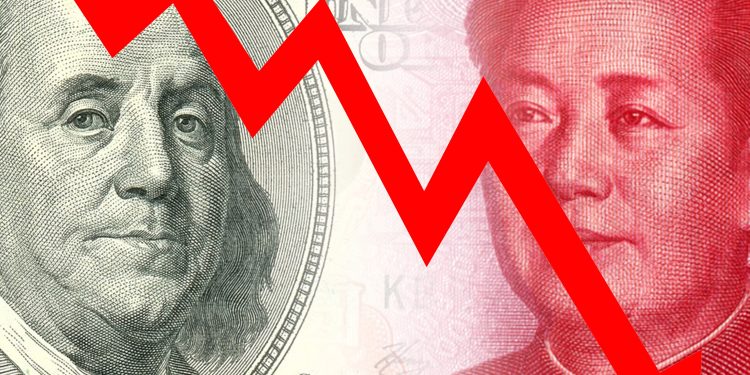China and Saudi Arabia have signed a currency swap agreement worth approximately $7 billion, signaling another move in the global trend of dedollarization as countries seek to reduce their reliance on the US dollar.
The three-year deal allows for a maximum swap of 50 billion yuan or 26 billion riyals.
While the agreement may seem relatively small, its significance lies in the fact that Saudi Arabia is the world’s top oil exporter, and most oil trades globally are conducted in dollars.
Although Russia is China’s main oil supplier, China imported $65 billion worth of Saudi crude oil in 2022, accounting for about 83% of its total exports from Saudi Arabia.
China has been actively pushing for the internationalization of the yuan as part of its broader strategy to challenge the dominance of the dollar.
Recent reports indicate that 25% of Russia’s trade with countries other than China was settled in renminbi, and more and more oil trades are being conducted in currencies other than the dollar.
In September, China’s outstanding balance of foreign-exchange swap lines reached a new high of 117.1 billion yuan, according to Bloomberg.
China has also signed currency swap agreements with other countries, such as Argentina, and currently has 29 active swap agreements totaling over 4 trillion yuan.
Additionally, China has been encouraging foreign investors to access its markets through panda bond issuances and has provided yuan-denominated loans to countries participating in the Belt and Road Initiative, including Peru and Malaysia.


